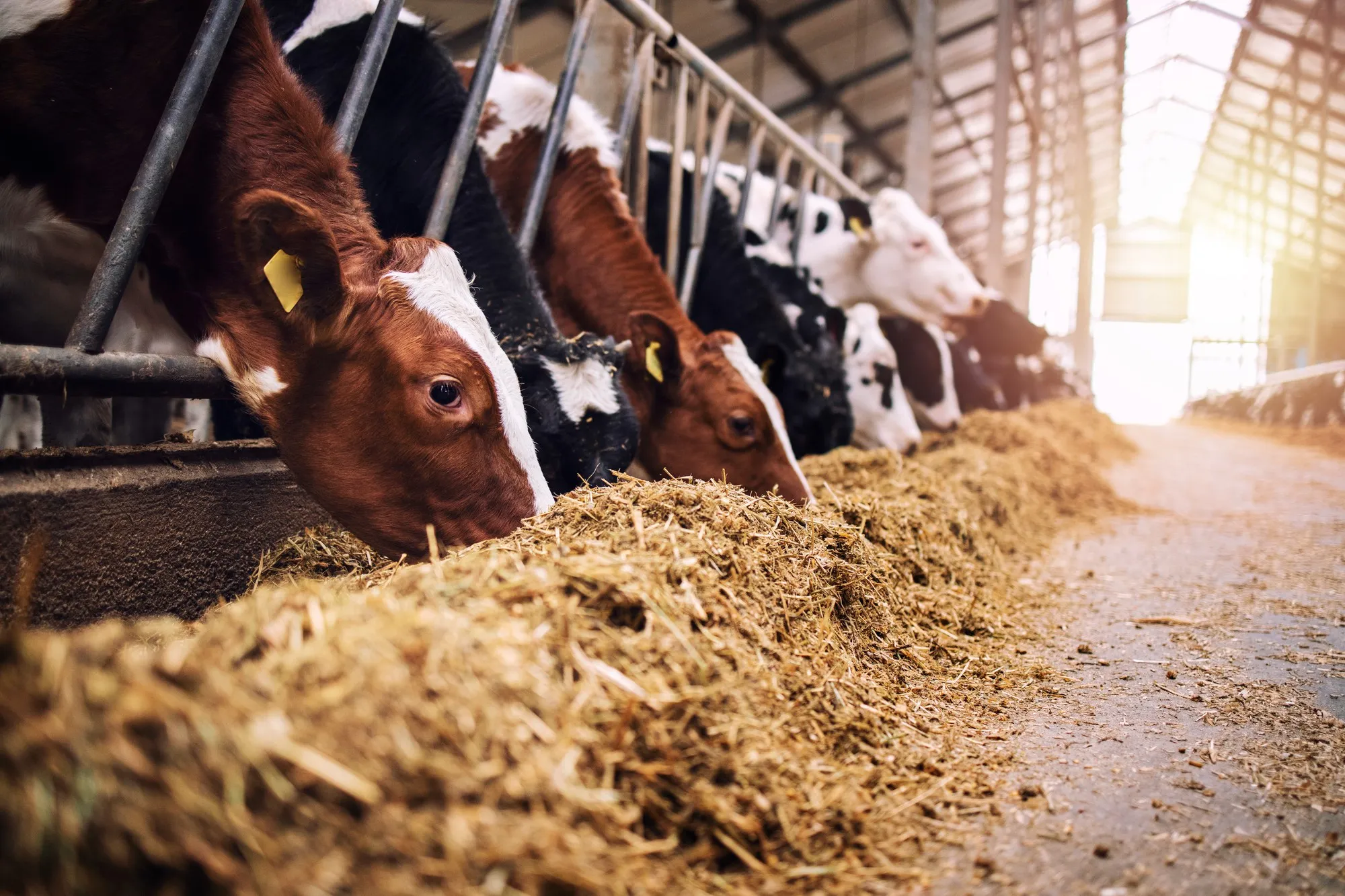In the battleground of bovine health, scientists are constantly seeking ways to enhance the wellbeing of dairy cows to ensure both productivity and longevity in the industry. Recognizing the profound impact of endometritis on dairy cow fertility, a recent breakthrough published in the Journal of Dairy Science unveils the protective powers of a type I interferon named interferon-tau (IFN-τ), offering new hope in the fight against this pervasive condition. The study conducted by Jiang Kangfeng and colleagues combines meticulous biological interrogation with innovative therapeutic potential, shining light on the fight against the inflammatory injuries caused by endometritis.
The Infiltration of Endometritis
Endometritis, a condition characterized by inflammation and damage to the endometrial epithelium, has been flagged as one of the paramount causes of infertility among dairy cows. This pathological state not only poses dire consequences for the health and welfare of the animals but also translates into significant economic losses for the dairy industry due to reduced reproductive efficiency.
The Sentinel: Interferon-tau
Marking a significant stride forward, the study published with a DOI of 10.3168/jds.2022-22983 outlines the role of IFN-τ, a substance secreted by trophoblast cells of ruminants, recognized for its low cytotoxicity even at elevated doses. While past research has suggested IFN-τ’s involvement in inflammation mitigation, the current study is groundbreaking in its elucidation of the pathways through which IFN-τ exerts its protective influence on the bovine endometrium.
Methodological Insights: From Isolation to Revelation
Embarking on a cellular journey, the researchers harvested primary bovine endometrial epithelial cells (BEEC) from fresh, healthy uterine horns to serve as the subjects of their in vitro study. These cells were stimulated with lipopolysaccharide (LPS) to mimic the inflammatory challenge faced during endometritis. Cell viability and apoptosis were assessed to gauge the inflammatory impact, with apoptosis serving as a stark indicator of LPS-induced cellular stress.
Triggered by an LPS-induced inflammatory siege, IFN-τ emerges as a cellular champion, resisting the incitement of apoptosis. The research delineates how varying concentrations of IFN-τ can successfully diminish LPS-induced apoptosis, thus preserving cellular integrity. Under the investigative lens of western blotting, the study reveals how IFN-τ suppresses proteins associated with inflammation, such as TLR4 and p-p65, alongside the critical apoptosis regulator Bax/Bcl-2 ratio.
The PI3K/AKT/β-catenin/FoxO1 Signaling Axis: A Molecular Symphony
Delving into the biochemical saga, the researchers uncovered that the salvation offered by IFN-τ involves the orchestration of a molecular axis comprising PI3K, AKT, GSK3β, β-catenin, and FoxO1. By employing both a PI3K/AKT inhibitor (LY294002) and β-catenin modulators, the researchers identified the cascade of reactions leading to inflammation inhibition and cell survival. These maneuvers reveal the centrality of this signaling axis in the anti-inflammatory campaign marshaled by IFN-τ.
Clinical Relevance and Promising Horizons
This profound exploration into IFN-τ’s modus operandi not only provides a new chapter in our understanding of cellular protection mechanisms but also lays the foundation for practical applications to combat endometritis on dairy farms. The potential for IFN-τ to be leveraged as a therapeutic agent to prevent the negative effects of endometritis deserves keen attention for future in vivo applications.
The open access article “Interferon-tau protects bovine endometrial epithelial cells against inflammatory injury by regulating the PI3K/AKT/β-catenin/FoxO1 signaling axis.” published in January 2024, and authored by Jiang Kangfeng et al., is a testament to interdisciplinary collaboration with contributions from the College of Veterinary Medicine at Yunnan Agricultural University, Huazhong Agricultural University, and the Department of Animal Sciences and Division of Nutritional Sciences at the University of Illinois.
Future Implications
Building on this discovery, the industry’s visionaries can devise novel therapeutic strategies and potentially craft IFN-τ based treatments to safeguard dairy cow fertility. Anticipation runs high in the scientific and agricultural communities alike, with prospects of improved animal welfare and productivity on the horizon.
References
1. Jiang, K., et al. (2024). “Interferon-tau protects bovine endometrial epithelial cells against inflammatory injury by regulating the PI3K/AKT/β-catenin/FoxO1 signaling axis.” Journal of Dairy Science, 107(1), 542-559. https://doi.org/10.3168/jds.2022-22983
2. Loor, J. J., & Cai, J. (2024). Dairy cow health and nutrition management: The role of bioactive compounds. Journal of Dairy Science.
3. Herath, S., Fischer, D. P., Werling, D., Williams, E. J., Lilly, S. T., Dobson, H., Bryant, C. E., & Sheldon, I. M. (2006). Expression and function of Toll-like receptor 4 in the endometrial cells of the uterus. Endocrinology, 147(1), 562-570.
4. Spencer, T. E., & Bazer, F. W. (2004). Conceptus signals for establishment and maintenance of pregnancy. Reproductive Biology and Endocrinology, 2, 49.
5. Mansouri-Attia, N., Oliveira, L. J., Forde, N., & Fahey, A. G. (2012). Pivotal roles for interferon-tau and the chemokine CXCL10 in establishing pregnancy in cattle. Animal Reproduction Science, 134(3-4), 163-171.
Keywords
1. Dairy cow endometritis
2. Interferon-tau bovine therapy
3. Inflammatory injury cattle
4. PI3K/AKT pathway endometrium
5. Bovine fertility treatment
The insights from this scholarly work not only represent a leap forward in bovine health but also underscore the value of delving into the cellular and molecular architecture to address animal health issues. The discoveries about IFN-τ and its modulation of the PI3K/AKT/β-catenin/FoxO1 signaling axis are likely to reverberate through the corridors of veterinary medicine, animal science, and biotechnological innovation in the years to come.
